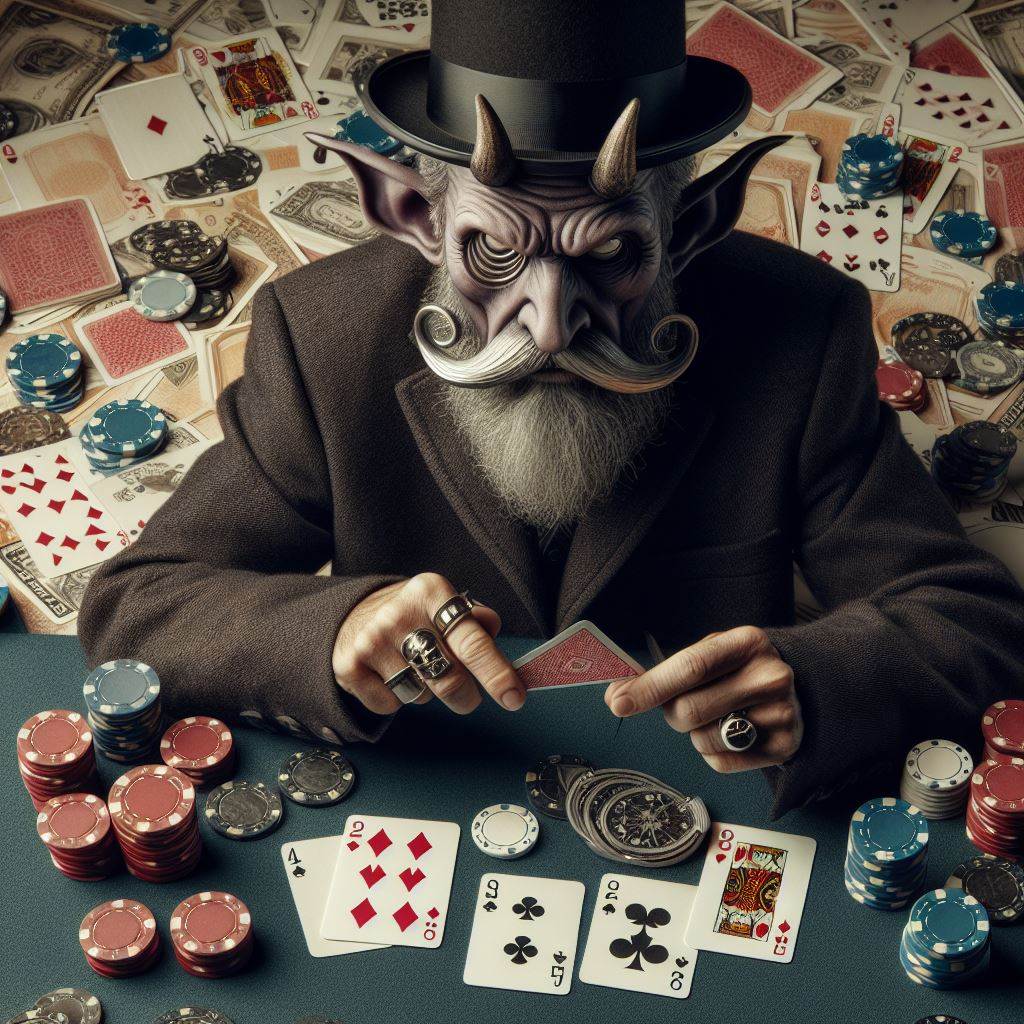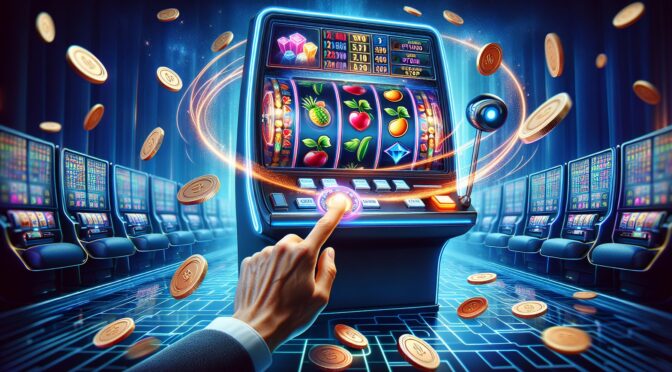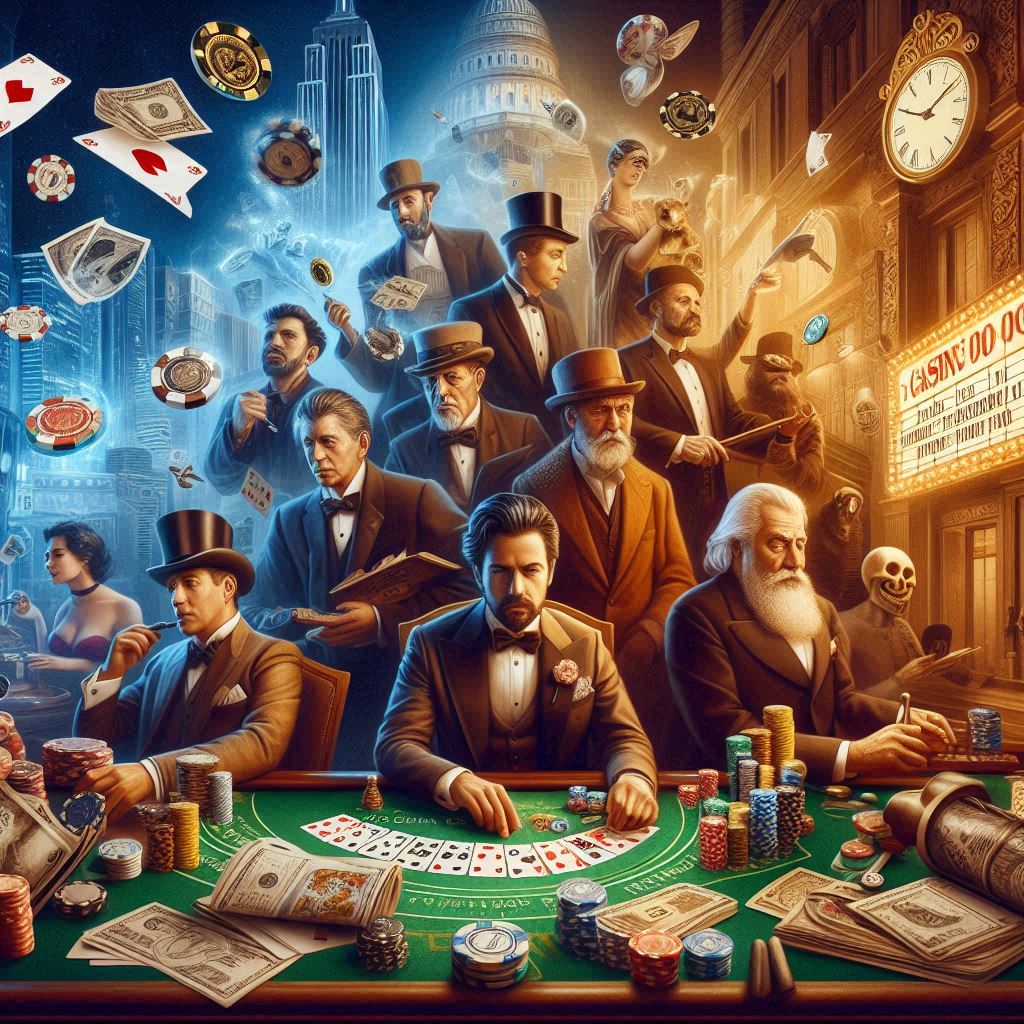In the competitive arena of casino poker, The Art of Reading Cards success extends far beyond the luck of the draw. Proficiency in reading cards and opponents forms the cornerstone of any accomplished poker strategy. This complex interplay of skills enables players to make informed decisions, anticipate moves, and increase their odds of winning. Understanding the nuances of these techniques can significantly enhance your gameplay.
Deciphering the Deck: Reading Cards Effectively
Reading cards in poker involves more than recognizing the hand you hold; it’s about predicting the potential hands of your opponents. To excel, a player must consider not only the cards in their hand but also the community cards on the table and how these might benefit other players.
- Community Card Analysis: In games like Texas Hold’em or Omaha, observing the community cards provides critical information about possible combinations. A skilled player evaluates these cards to assess the strength of their hand against potential hands that could be formed from the board. For example, if three hearts lie on the flop, The Art of Reading Cards a player must consider the likelihood that someone could have a flush.
- Range Assessment: The best players excel at estimating the range of hands their opponents could hold. This assessment is based on the actions taken by these opponents in the course of the game—such as betting patterns and the amount they bet. Over time, players develop an intuition for whether their opponent is likely holding a strong hand, bluffing, or potentially on a draw.
Mastering the Mental Game: Reading Opponents
While card reading is a mechanical skill sharpened by practice and memory, reading opponents is an art form that involves psychology, observation, and adaptation.
- Behavioral Tells: These are involuntary reactions that might give away information about a player’s hand. Common tells include changes in body language, such as posture, hand movements, or facial expressions. For instance, a player who suddenly becomes very talkative or unusually quiet might be indicating a change in hand strength.
- Betting Patterns: More reliable than physical tells, betting patterns provide insight into a player’s possible hand. How an opponent bets—quickly or hesitantly, small or large—can indicate confidence or uncertainty. For example, a player who consistently raises pre-flop may have high starting hand standards, which gives you clues about their strategy and potential hand strength.
- Psychological Leveraging: Understanding the mental state of opponents is also crucial. Players under stress or those who are tilting (a poker term for a player adversely affected by emotions) are more likely to make impulsive decisions. Recognizing these states can provide an opportunity to exploit their lack of emotional control.
Practical Applications: Using Information to Your Advantage
Armed with insights gained from reading cards and opponents, a poker player must then decide how to use this information effectively. This decision-making process is what distinguishes average players from masters.
- Strategic Aggression: Using the information you’ve gathered, you can make aggressive moves to protect your hand or exploit the weaknesses of others. For instance, if you sense weakness in your opponent’s play and the community cards are in your favor, it might be the right time to raise or go all-in.
- Bluff and Counter-Bluff: Bluffing is an integral part of poker, used not just to mislead about hand strength but also to test opponents’ hands. If you read weakness in your opponent, a well-timed bluff could force them to fold a better hand. Conversely, recognizing a potential bluff from an opponent could allow you to call and win with a mediocre hand.
Conclusion
The art of reading cards and opponents in casino poker is a dynamic skill set that requires continuous learning and adaptation. By enhancing your ability to interpret both the cards and the psychological nuances of your opponents, you can significantly improve your gameplay. This dual capability not only helps in making the most strategic moves but also equips you with the foresight to anticipate others’ actions, The Art of Reading Cards turning potential challenges into opportunities for victory.



